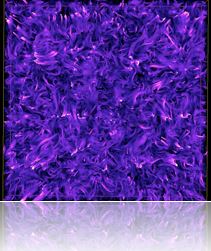
The last decade witnessed important breakthroughs in the understanding of the turbulent transport of passive tracers and of finite-size massive particles. Statistical physics and field theory have inspired the development of new theoretical tools, which, in turn, have opened the way to highly sophisticated laboratory experiments and very-high resolution direct numerical simulations. This serious attack of the problem of Lagrangian turbulence, and more widely, of the problem of turbulent transport of impurities, emphasized the far-from-equilibrium nature of such systems. More specifically, it is now clear that rare but strong intermittent fluctuations play a crucial role in determining the overall statistics. The methods and tools whose efficiency was demonstrated in this field (anomalous scaling, statistical conservation laws, large deviations, fluctuation theorems, instantons for path-integral representations, and techniques related to random chaotic dynamics) are suitable powerful candidates to provide new insights into the transport-related microphysics of the atmosphere.
The proposed work aims at extending and implementing statistical mechanics techniques to the following targeted fundamental atmospheric processes:




